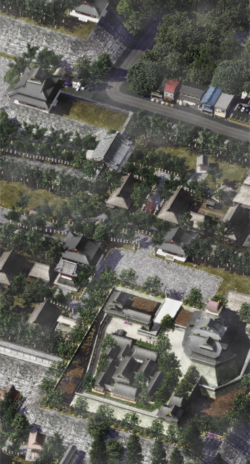Talk:Hinomae
Log
Hello[edit source]
Whatever ArrowHead (talk) 18:36, 5 April 2017 (UTC)
The Honda Shogunate[edit source]
Following the Period of The Three Shoguns, the central government had been largely reestablished by Ogasawara Terumasa during the Seto period. After the Battle of Yamanote in 1600, central authority fell to the Honda Clan, led by the Shirakawa Emperor who completed this process and had his son Honda Shigetomo received the title of shogun. When both died in 1625, the security of the line was further strengthened when Honda Shigezane, guided by both the Imperial Court and the vassals of the Honda clan.
Society in the Honda period, unlike the shogunates before it, was supposedly based on the strict class hierarchy originally established by Minato Takashi. The daimyo, or lords, were at the top, followed by the warrior-caste of samurai, with the farmers, artisans, and traders ranking below. In some parts of the country, particularly smaller regions, daimyo and samurai were more or less identical, since daimyo might be trained as samurai, and samurai might act as local lords. Otherwise, the largely inflexible nature of this social stratification system unleashed disruptive forces over time. Taxes on the peasantry were set at fixed amounts which did not account for inflation or other changes in monetary value. As a result, the tax revenues collected by the samurai landowners were worth less and less over time. This often led to numerous confrontations between noble but impoverished samurai and well-to-do peasants, ranging from simple local disturbances to much bigger rebellions. None, however, proved compelling enough to seriously challenged the established order until the arrival of foreign powers.
Toward the end of the 19th century, an alliance of several of the more powerful daimyo, along with the titular Emperor, finally succeeded in the overthrow of the shogunate after the Boshin War, culminating in the Saito Restoration. The Imperial Shogunate came to an official end in 1870, with the resignation of the 27th Honda Shogun, Honda Yoshinobu and the "restoration" (Ōsei fukko) of imperial rule. Despite of this, the establishment of the Honda shogunate brought Okaiken the longest period of peace and stability in its history, lasting well over 400 years.
